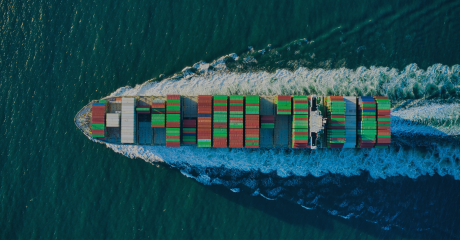What is the EU Forced Labour Regulation?
The European Union (EU) Forced Labour Regulation (EUFLR) entered into force on December 13, 2024 to enhance the EU’s legislative framework against forced labor. Earlier legislation targeted forced labor by combatting human trafficking and imposing sanctions against employers of irregular migrants. Now, the EUFLR fills a significant gap in the existing framework by banning products made with forced labor from the market.
The EUFLR will begin to apply on December 14, 2027.
Why the EUFLR is important
The EUFLR will apply to a wide range of global companies selling products in, and exporting products from, the EU.
The regulation is crucial for eliminating products made with forced labor from the EU market, covering all products, components, and sectors, whether produced domestically or imported. It strengthens the role of the European Commission in investigating forced labor practices and mandates compliance with due diligence requirements, especially for companies in high-risk areas. This regulation ensures that businesses address forced labor risks in their supply chains without imposing additional compliance burdens. The comprehensive approach safeguards human rights and ethical standards across global value chains, reinforcing the EU’s commitment to combating forced labor.
The regulation complements the Corporate Sustainability Due Diligence Directive (CSDDD) by explicitly prohibiting products made with forced labor from being placed on the EU market. For organizations implementing CSDDD-mandated human rights due diligence, these efforts will likely contribute to EUFLR risk mitigation as well.
>> Get expert recommendations on complying with the CSDDD and the EUFLR <<
During the EUFLR investigative process, companies must respond within 30 working days to a request for information from investigators on their due diligence efforts to identify, prevent, and mitigate risk. Violations of the regulation can result in prohibition to place the product on the EU market, removal of the product from the market, or an order to dispose of the product.
How you can ensure compliance with the EUFLR
Organizations should assess the applicability of both the CSDDD and EUFLR to their business operations. Based on this assessment, organizations can get ahead of the EUFLR regulation by performing due diligence on their supply chains, putting them in a better position to respond to investigatory requests. As the EUFLR extends to any stage of the supply chain (including sourcing, harvesting, production, and manufacturing), due diligence efforts should include the complete upstream supply chain of products marketed in the EU.
Sayari helps companies comply with the EUFLR and similar forced labor regulations by providing unparalleled supply chain visibility and intelligence on more than 55 forced labor risk factors.
Sayari’s model of commercial relationships, which connects billions of entities across multiple languages, is the most comprehensive in the world. Sayari collects trade data from 70+ jurisdictions, which provide insight into trade with nearly every country across the globe. Its flagship solution, Sayari Graph, enables companies with complex global supply chains and tens of thousands of suppliers to detect forced labor risk in product components and subcomponents, offering unrivaled sub-tier supply chain visibility.
>> See how Sayari Graph flags both obvious and non-obvious forced labor risks <<
Graph allows organizations to quickly generate filterable, product-specific supply chains based on real shipping data to optimize supplier risk prioritization, support supplier data collection, and ensure resources are allocated to suppliers with the highest impact.
Request a personalized demo of Sayari to learn how you can screen for forced labor risks to ensure compliance with the EUFLR.



